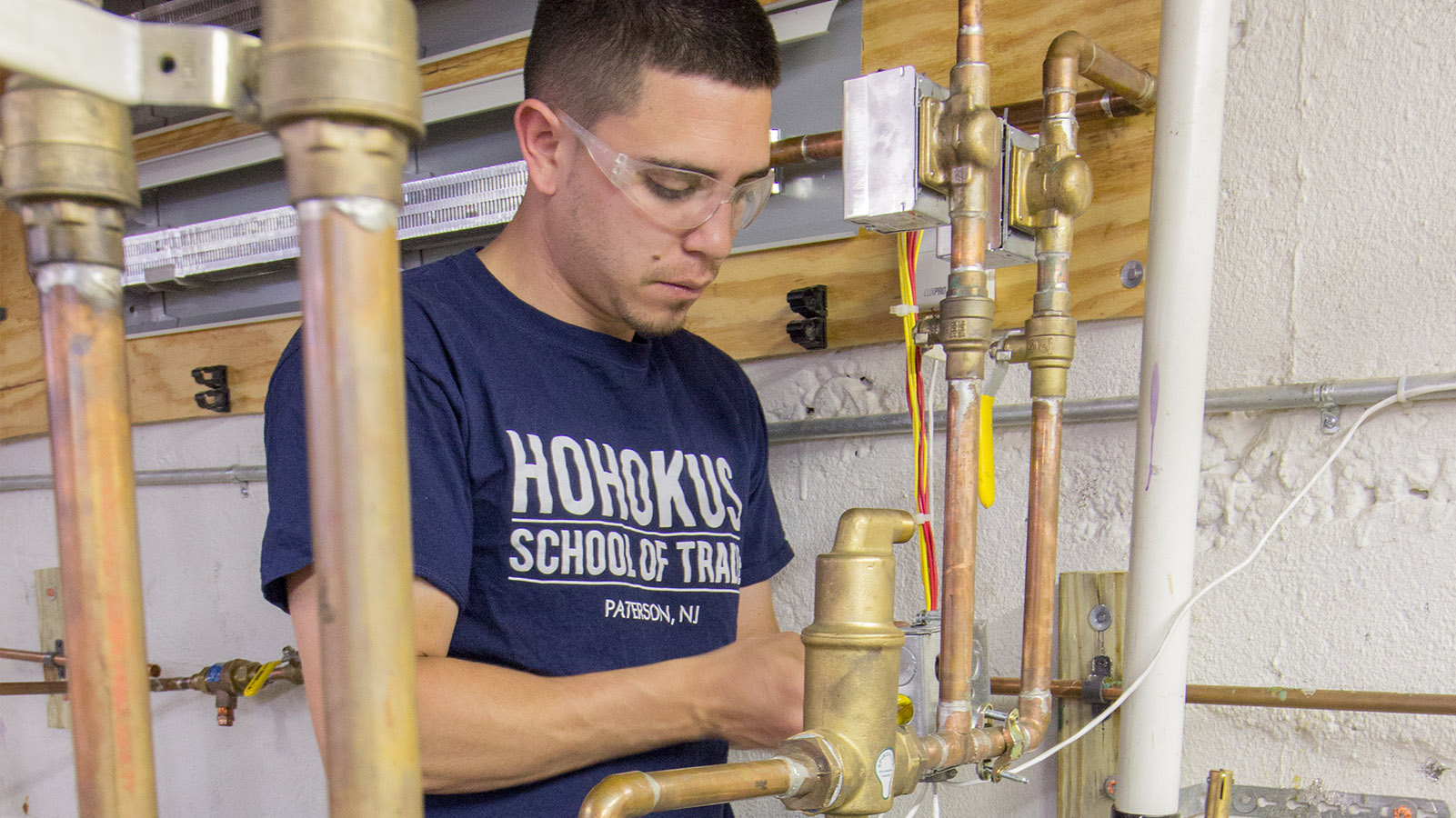Reliable Plumber Alabaster AL for All Your Emergency situation Demands
Wiki Article
A Detailed Guide to Reliable Water Heating System Installation for Ideal Performance
Beginning on the job of setting up a water heater is a venture that requires accuracy and an organized approach for achieving ideal efficiency. As you continue, the intricacies of connecting water supply lines and setting up dependable electrical or gas links wait for, appealing understandings into making sure performance and reliability.Selecting the Right Hot Water Heater

Following, think about the dimension and capacity of the hot water heater. It's essential to analyze your home's warm water needs, which can vary based on the number of residents and their usage patterns. A device that's too tiny might lead to not enough hot water, while an oversized design could result in unnecessary energy intake.
Performance scores also play a crucial function in option. Try to find water heaters with high Power Variable (EF) scores, indicating remarkable efficiency and reduced power usage. Tankless models, though commonly more pricey ahead of time, offer substantial power savings over time as a result of their on-demand heating abilities.
Preparing the Installment Location
Prior to installing a new water heating unit, thorough preparation of the setup area is important. It's essential to gauge the space very carefully to accommodate the water heating unit's measurements, ensuring adequate clearance around the system for reliable procedure and servicing.Examine the flooring for stability, as the water heating system will certainly require a solid, degree surface to operate effectively. If needed, install a drip pan below the unit to catch prospective leaks or spills, preventing water damages to the surrounding location.
In addition, guarantee that all needed devices and products get on hand before commencing the installment. This includes items such as wrenches, screwdrivers, a degree, and any kind of additional equipment required for safeguarding the heating system and placing. A well-prepared installation area sets the foundation for an effective water heating system arrangement, optimizing performance and safety.
Connecting Water Supply Lines
When attaching water supply lines to your recently set up water heater, it is critical to ensure that all links are leak-free and safe and secure to maintain reliable procedure and protect against water damage. Begin by determining the chilly and warm water system lines. The cool water inlet is usually marked with a blue label or a "C", while the hot water outlet is marked with a red tag or an "H".Usage flexible water heating unit connectors to help Home Page with a less complicated setup process. Prior to affixing the connectors, position a plumbing professional's tape around the threaded ends of the water heating system's inlet and outlet pipelines.
Once connections remain in area, slowly turn on the primary water system shutoff. Examine each link for leakages by aesthetically inspecting and feeling for dampness. Tighten links as needed, and guarantee the stress alleviation valve is properly set up, safeguarding against too much pressure build-up.
Establishing Up Electrical or Gas Connections
Effectively establishing up the electrical or gas links for your water heating unit is an essential step to make certain reliable and secure procedure. For electrical hot water heater, start by confirming that the electrical circuit works with the heating unit's voltage and amperage requirements. Make sure the power supply is switched off at the circuit breaker to stop accidents. Link the electrical wires to the heating system complying with the maker's circuitry representation. Normally, this entails attaching the ground cable to the environment-friendly terminal, and the continuing to be cables to their matching terminals, protecting each with wire nuts.For gas water heating systems, safety and security is vital. Attach the gas line to the water heating unit making use of a versatile gas port, guaranteeing it is appropriately threaded and sealed with pipeline joint compound or Teflon tape appropriate for check this gas links.
When links are made, examine for any type of potential leakages. For gas lines, use a soapy water service to the joints; bubbles indicate a leakage. For electric links, confirm that all wiring is protected and effectively protected, maintaining compliance with local electric codes.
Changing and checking for Efficiency
With the electrical and gas connections safely in location, the next step is reviewing the operational effectiveness of your water heating unit. Begin by meticulously transforming on the water supply and making sure there are no leaks at any of the joints or valves.Following, perform a thorough inspection to guarantee the burner or gas heaters are working properly. For electric heaters, use a multimeter to confirm if the aspects are drawing the ideal current. In gas official site designs, observe the heater fire; it ought to be blue and constant, indicating reliable burning.
Readjust the setups as needed to eliminate ineffectiveness. Take into consideration carrying out insulation procedures, such as including a water heating unit blanket, to better improve performance by reducing warm loss. Additionally, check the anode pole's problem, as a scrubby pole can reduce efficiency and result in tank rust.
Verdict
Effective hot water heater setup is important for guaranteeing optimal performance and energy cost savings. By selecting the ideal kind and dimension, and carefully preparing the installation location, a foundation for success is developed. Safely connecting supply of water lines and thoroughly setting up electric or gas links lessen prospective concerns. Extensive screening for leakages and accurate thermostat adjustments to 120 ° F boost dependability and performance. Abiding by these steps advertises long-lasting performance and energy preservation in domestic water heating unit.
Correctly setting up the electrical or gas connections for your water heating unit is a vital action to ensure secure and effective operation. For electrical water heating systems, begin by validating that the electric circuit is suitable with the heating system's voltage and amperage needs. Link the gas line to the water heating unit utilizing a flexible gas adapter, guaranteeing it is correctly threaded and sealed with pipeline joint compound or Teflon tape appropriate for gas links.
Report this wiki page